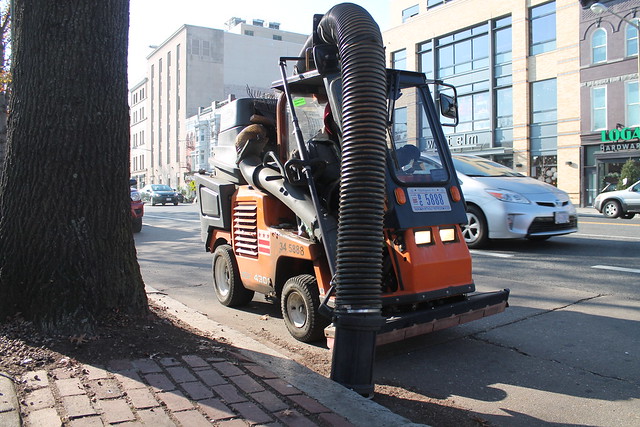Dusty roads set for clean sweep

Rising pollution in the streets of Delhi is a bone of contention for government officials and road users alike. The Delhi government has tried to clean the city’s streets with mechanical sweepers, but they were tested by its dusty roads. In December of last year, the Delhi government have considered industrial vacuums as a solution.
From the 01 April 2016, the Public Works Department will take over from three municipal corporations. Invitations To Tender, for the procurement of industrial vacuums, have been advertised. The proposals were met with a mixed reception, especially from corporation officials. Satyender Jain, the Public Works Department Minister stated that “municipal corporations haven’t been able to keep the city [Delhi] clean”.
The battle to clean Delhi’s city streets is one that has ran for several years. In 2009, the use of mechanical sweepers have been tried; they were decommissioned in 2012, with dust and uneven surfaces proving to be problematic. Even with manual sweeping, dust particles remained in the air.
Industrial Vacuums versus Uneven Streets
Dust isn’t the only challenge facing the city’s industrial vacuums this coming Spring. Its roads have other obstacles such as building rubble and parked cars. Unlike mechanical sweepers, they will be smaller. Both the city’s North and South Corporations have petitioned the government for cleaning grants, though this had come to naught.
In Delhi, the city’s road network includes a number of expressways and highways. These criss-cross its Inner Ring Road and its Outer Ring Road. Lower down the hierarchy is its lesser roads. Whereas the State Highways and its two ring roads are tarmacked, its lesser local streets lack that luxury. The amount of dust is a public health issue due to respiratory issues. All the more so due to the city’s density, with dust and exhaust fumes having an effect on its populace.
Clean Hire, 21 January 2016.
